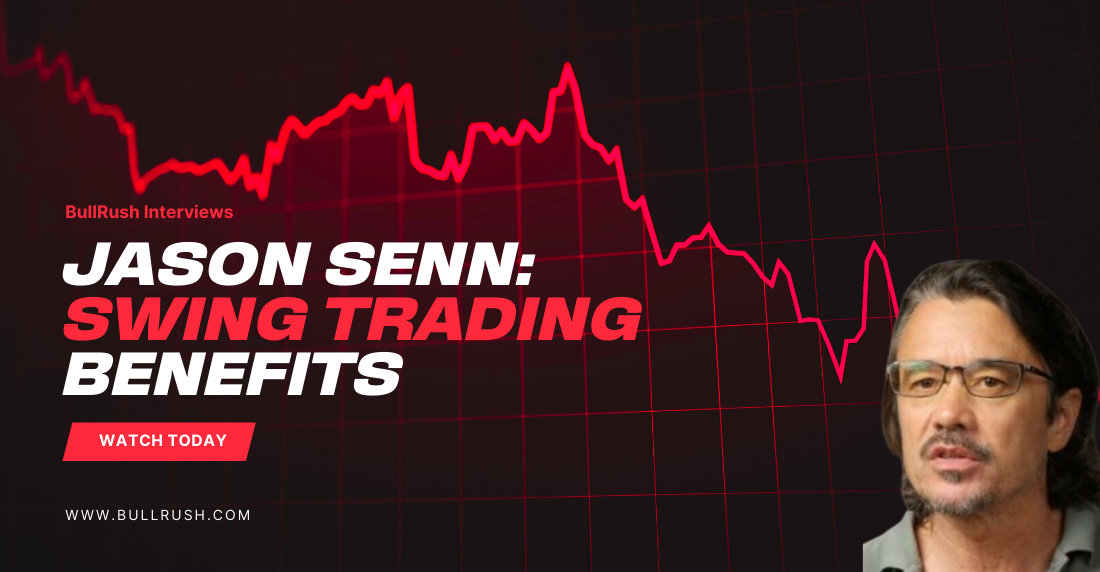
Arbitrage Trading in the Age of Bots, Speed & Crypto Markets
Did you ever notice how the same product can cost more in one store than another?
Now imagine doing that same thing with currencies, stocks, or crypto. Instantly buying low in one market and selling high in another.
And, yes, that’s arbitrage trading… one of the oldest, smartest, and most misunderstood strategies in finance.
For traders, arbitrage is the art of spotting inefficiency, a price gap between two markets, and pouncing before it closes. It’s fast, precise, and requires an eagle eye for opportunity.
Let’s break down what arbitrage trading really is, how it works, and why it still matters in today’s hyper-connected world of algorithmic markets.
What Is Arbitrage Trading?
At its very core, arbitrage trading is the practice of basically taking advantage of price discrepancies between different markets or exchanges. There is only one goal: buy an asset where it’s undervalued. And then sell it where it’s overvalued. Ideally, at the same time.
In traditional finance, this might mean buying gold in London and selling it in New York. In crypto, it could mean spotting that Bitcoin is trading at $60,050 on one exchange and $60,100 on another and capitalizing on that $50 difference.
While it sounds straightforward, executing arbitrage is anything but. Timing, fees, and execution speed are everything. In the milliseconds it takes to click “buy,” thousands of algorithms are already hunting for the same price gap.
In short: Arbitrage is a race, not against the market, but against everyone else trying to exploit it.
Tip: Always account for trading fees and transfer times. Even small costs can erase profits in tight arbitrage setups.
- Arbitrage means buying low and selling high across markets.
- It’s about inefficiency, not luck.
- Speed and precision determine your edge.
Types of Arbitrage Trading
Not all arbitrage is created equal. Depending on your market and strategy, there are several ways to capture inefficiencies.
1. Spatial Arbitrage
This is the classic form: exploiting price gaps between exchanges or locations. A trader might buy ETH cheaper on Binance and sell it on Kraken at a higher price.
2. Triangular Arbitrage
A bit more complex. This involves exploiting differences in exchange rates between three currencies, for example, trading USD → EUR → GBP → USD to lock in a price imbalance.
3. Statistical Arbitrage
This one leans on math and machine learning. It uses algorithms to spot short-term mispricings between correlated assets, like two stocks that usually move together but temporarily diverge.
4. Decentralized Arbitrage (Crypto)
Traders in DeFi take advantage of variations among decentralized exchanges (DEXs). To find even the smallest gaps, automated bots search liquidity pools on Uniswap, Curve, and other platforms.
Tip: Start by learning one form of arbitrage deeply. Each market, whether forex, stocks, or crypto, has its own timing and tools.
- Spatial, triangular, and statistical arbitrage rules in modern trading
- Crypto adds new opportunities through decentralized markets
- Technology is your biggest advantage
Why Arbitrage Matters
We need to make one thing clear: arbitrage isn’t just a way to profit. It’s what keeps markets honest.
When traders rush to exploit a price gap, they naturally push prices back into alignment. That process, buying where cheap, selling where expensive, creates market efficiency. Without arbitrage, financial systems would drift apart, and pricing would lose meaning.
For traders, arbitrage offers something even more valuable: predictability. Unlike momentum or breakout strategies that depend on future movement, arbitrage profits from current conditions. Right here, right now.
It’s less about forecasting and more about executing flawlessly.
Tip: Arbitrage teaches discipline. Think like this: you’re not betting; you’re balancing. And mastering that mindset can strengthen every aspect of your trading.
- Arbitrage stabilizes markets and enforces fairness.
- It’s built on logic, not speculation.
- The better you execute, the more consistent your results.
Challenges of Arbitrage Trading
If arbitrage is so effective, why doesn’t everyone do it? Because competition is fierce and technology is relentless.
High-frequency trading (HFT) firms spend millions optimizing speed and execution, often beating human traders by microseconds. In crypto, blockchain transaction times and gas fees can make arbitrage unprofitable unless automated.
Even when a price gap appears, you need lightning-fast execution, deep liquidity, and a clear understanding of your costs.
And then there’s regulation. Some markets limit cross-exchange trading or impose capital controls, making arbitrage less accessible for retail traders.
Still, niche opportunities exist, especially in emerging crypto ecosystems, smaller exchanges, and low-liquidity assets where institutions haven’t automated everything yet.
Tip: Use real-time data tools and practice with paper trading before deploying capital. You’ll learn to identify which gaps are real and which are traps.
- Speed and automation are key challenges.
- Fees and delays can kill profitability.
- Small traders thrive in under-watched niches.
How to Get Started with Arbitrage Trading
If you’re serious about exploring arbitrage, start small and learn fast.
You can begin with a simulated or demo environment where you can simply sit and watch multiple markets in real time. The end goal is to practice spotting small price discrepancies and timing entries. Consider tools like arbitrage scanners, data aggregators, and trading bots as help. But that is only if you understand what’s happening behind the screen.
Also, make consistency your focus. Arbitrage trading rewards discipline, data awareness, and flawless execution, not emotional decisions.
Tip: Logging your trades is of utmost importance. Think about and go over what worked and what didn’t. Over time, you’ll start spotting inefficiencies faster and reacting smarter.
- Start with simulations or demo accounts.
- Track your performance religiously.
- Build automation around clear rules, not instincts.
FAQ
Q: What is arbitrage trading in simple terms?
It’s the practice of exploiting price differences between markets by buying low and selling high simultaneously.
Q: Is arbitrage trading even considered legal?
Yes, as long as it doesn’t involve insider information or market manipulation.
Q: Can beginners do arbitrage trading, or does it require some skills?
Yes, but it requires research, speed, and reliable platforms to execute efficiently.
Q: Does arbitrage still work to this day?
Yes, to the surprise of many, it does. Especially in fast-moving markets like crypto and low-liquidity assets.



